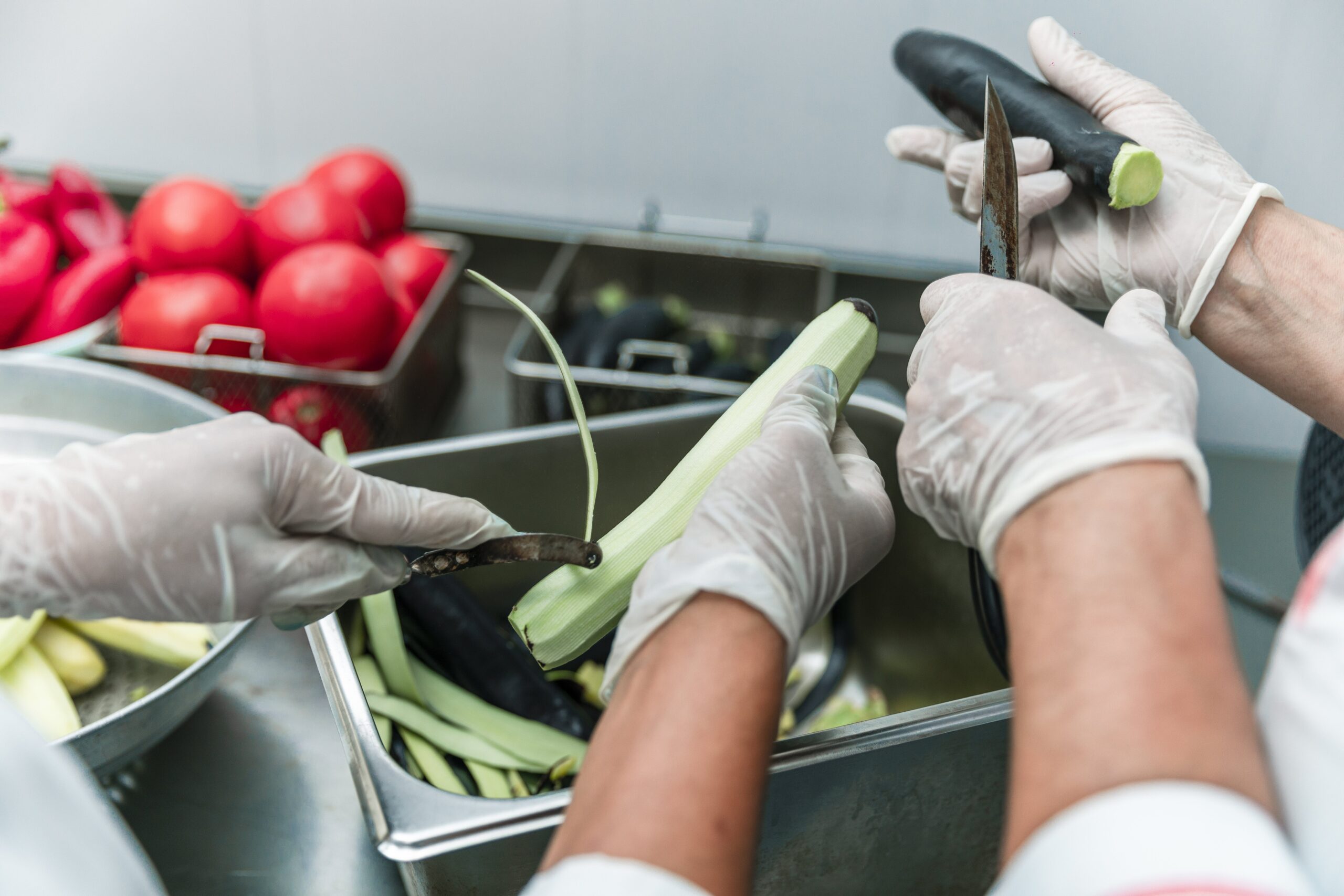The Level 2 Award in HACCP for Manufacturing/Catering
The course consists of 14 lectures culminating in an optional revision test.
The exam consists of 30 multiple choice questions. The pass mark is 60%. You are allowed unlimited attempts at the exam.
On passing the exam you will be sent a downloadable certificate in pdf format.
The cost of the course and exam with downloadable certificate is £9.70
Please click on the button below to pay by debit or credit card.
If you require multiple courses, email DaveSummers@sky.com with the number of people and your email. An invoice will be sent to your email which can be paid online. A discount is available for multiple courses.

Hazard Analysis Critical Control Points (HACCP) is a Food Safety Management System that was developed in the early 1960s for American astronauts now entering the space race against Russia. It was JF Kennedy’s promise to start exploring space and eventually land on the moon that triggered this system of providing safe food for astronauts. Can you imagine a space traveller in a sealed space suit with food poisoning? Some of the symptoms of food poisoning include sickness and diarrhoea (the shits). So an astronaut with these symptoms would quickly fill their space suit and drown in their own bodily fluids….not a welcoming thought and something to put off even the most ardent of potential astronauts.
HACCP was developed from a system perfected by jet fighter engineers for checking the safety of these airplanes. It was initiated by scientists, the military and later published by the Pillsbury Dough Corporation.
Since the 1st January 2006 all food businesses, regardless of size, must use a Food Safety Management System based on HACCP, or rather, the principles of HACCP.
UK law does make allowances for smaller food businesses and allows them to use a more flexible system which can be downloaded from the Food Standards Agency’s (FSA) website. It consists of diary entries, explanations, forms for completion, etc.
That’s the background to HACCP, but what does HACCP do, why use it?
In essence it is a system for preventing contamination entering the Food Safety Chain. The Food Safety Chain consists of links, much like a metal chain. Each link represents a process in the manufacturing of food for eventual consumption by consumers. We also use a phrase “From Farm to Fork”.
The links include:
Supplier
Receipt
Storage
Preparation
Cooking
Serving
Other links could be added as sub-links for example after storage, the food item might be ready for serving, or after cooking further preparation might be required. If food items are to be cooled for use in a cold dish, there would be a sub-link after cooking, i.e., chilling or cooling.
The integrity of the Food Safety Chain must be upheld at each link or sub-link, in other words contamination must not be allowed to enter the Food Safety Chain at any link (or sub-link).
What is contamination? The text book definition is the “Introduction or Presence of a Food Safety Hazard”. Drilling even deeper, a Hazard is “Anything with the Potential to Cause Harm.
There are 4 main Food Contaminants:
Biological, Physical, Chemical and Allergenic.
Biological, or more often microbiological, includes bacteria, viruses, parasites and protists. They are responsible for 80% of all food poisoning outbreaks, mainly because they can’t be seen (they are microscopic) and they don’t produce any visual indication of their presence. (Unless they are food spoilage bacteria, which generally won’t hurt you but their presence is noticeable and our natural reaction is to reject the food).
Physical contamination is something, usually, that is physically noticed in the food product, such as hair, string, metal, stones, plastic, etc. This is generally more of a nuisance factor unless the contaminant is a food safety hazard such as glass shards. But even a hair in food is classed as contamination and is illegal.
Chemical contamination is the introduction or presence of chemicals in food, which can give rise to more chronic effects on health. (Chronic = long term effects, Acute = short term effects). So cleaning chemicals, petrol fumes, aftershave/perfume, arsenic from pest control chemicals, agricultural residues, pesticides, an excess of additives/preservatives, etc. are all classed as chemical contaminants.
Allergenic contamination is the presence or introduction of a substance that could invoke an allergic reaction from a consumer. The 14 main allergens are shown below:
- Cereals containing gluten, namely: wheat (such as spelt and Khorasan wheat), rye, barley, oats
- Crustaceans for example prawns, crabs, lobster, crayfish
- Eggs
- Fish
- Peanuts
- Soybeans
- Milk
- Nuts; namely almonds, hazelnuts, walnuts, cashews, pecan nuts, Brazil nuts, pistachio nuts, macadamia (or Queensland) nuts
- Celery (including celeriac)
- Mustard
- Sesame
- Sulphur dioxide/sulphites, where added and at a level above 10mg/kg in the finished product. This can be used as a preservative in dried fruit
- Lupin which includes lupin seeds and flour and can be found in types of bread, pastries and pasta
- Molluscs like clams, mussels, whelks, oysters, snails and squid
